Forty-one years ago, I borrowed this very Minox 35 EL from my father for a trip to Zaragossa. When I came back and had the film developed, I was quite blown away by the quality of shots produced by what seemed almost like a toy camera.
At Photokina in 1974, Minox, a company previously devoted to 8×11 sub-minature cameras, shoved Rollei aside and showed the Minox 35 EL which was even smaller than their Rollei 35.
The Minox 35 EL
The whole thing with the Minox name being on this camera is a bit odd. Minox was originally a Latvian company to whom 24×36 must have seemed huge, the idea for the Minox 35 came from a professor at an Austrian university and the camera was actually made by Balda, a German company.
Of course, the whole ‘smallest 35mm full frame camera’ thing is a conceit. It is all about marketing bragging rights, and Minox was a name associated with miniature cameras. That said the Minox 35 EL is a remarkably small camera when closed. The official dimensions of the closed camera are 100x61x31 (although my calipers say 101x64x33 mm – do we put this down to ‘spread’ in older years?). In comparison, the figures I have for the Rollei 35 S are 97x65x43. I’m told the Minox gets it on volume and it doesn’t seem to have been contested.
Opening the camera for use pushes the lens out to 47mm, while the door actually extends to 85mm.
The Minox 35 EL was the first of 20 manual focus Minox 35 models, and it was the only model from 1974 until the GL was released in 1979.
The camera is simply a way of bringing together a lens and a 135 cassette in as small a package as possible. It succeeds. The lens is excellent, and the camera is as small as it could be while allowing the lens to do its job. The box is ticked, but there are inevitable compromises.
A look around the camera
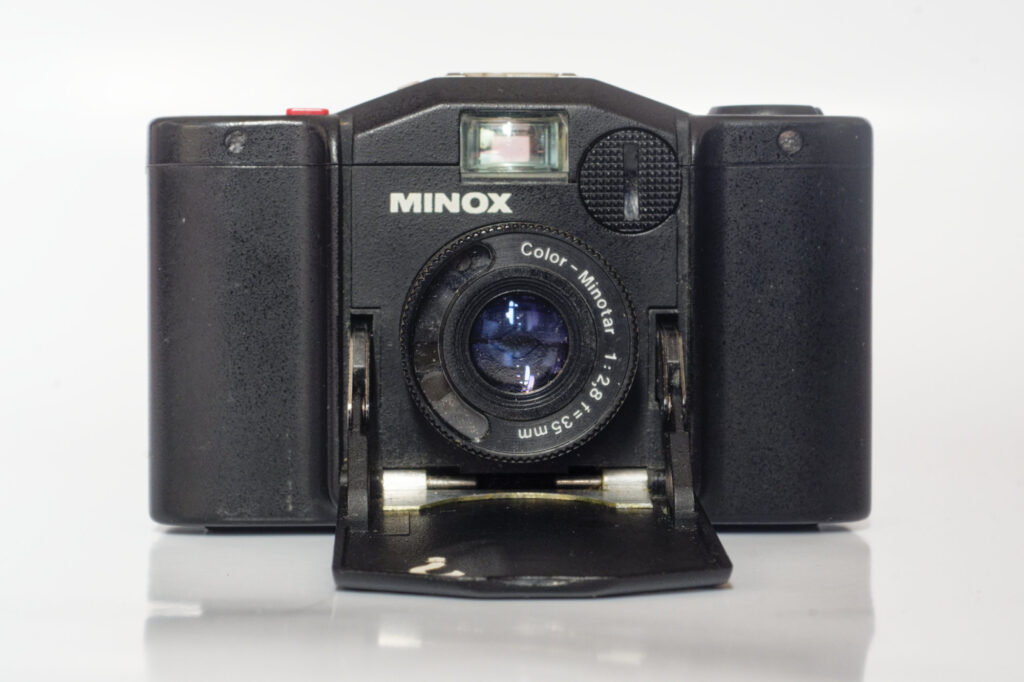
It’s all about the lens. Quiet and unassuming, the little ‘Color-Minotar’ really delivers. In the picture above, you can see – from the top: the viewfinder, the battery cover, and the window for the CdS photocell , which shades it progressively for smaller f-stops. You can also just about make out the kite-shaped diaphragm (formed by just two blades, but on a 35mm lens of f/2.8 bokeh is unlikely to be an issue (plus back in 1974 bokeh was not such a big thing).
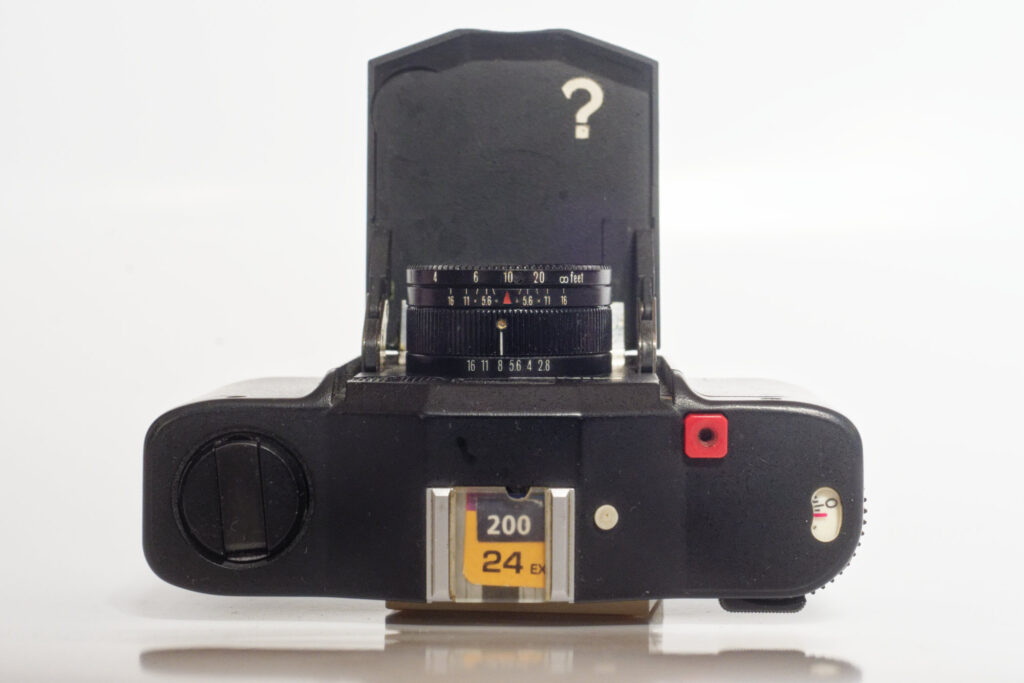
Focus is set on the front ring of the lens of the Minox 35 EL – this one is engraved in feet, others may be in meters. Hyperfocal distances are your friend, which is just as well, because you are into straight estimation of distance to the subject with no further help from the camera. The broader ring sets a marker against an f-stop. As the ring is moved more towards f/16, more of the CdS cell is covered, and the shutter is set for a longer time.
On the Minox 35 EL body itself, we have a rewind crank, a hotshoe that detects if a flashgun is on the camera and sets the shutter to 1/30, a battery check button (here a creamy-grey but normally body coloured), the shutter release (threaded for a cable release), and a frame counter.
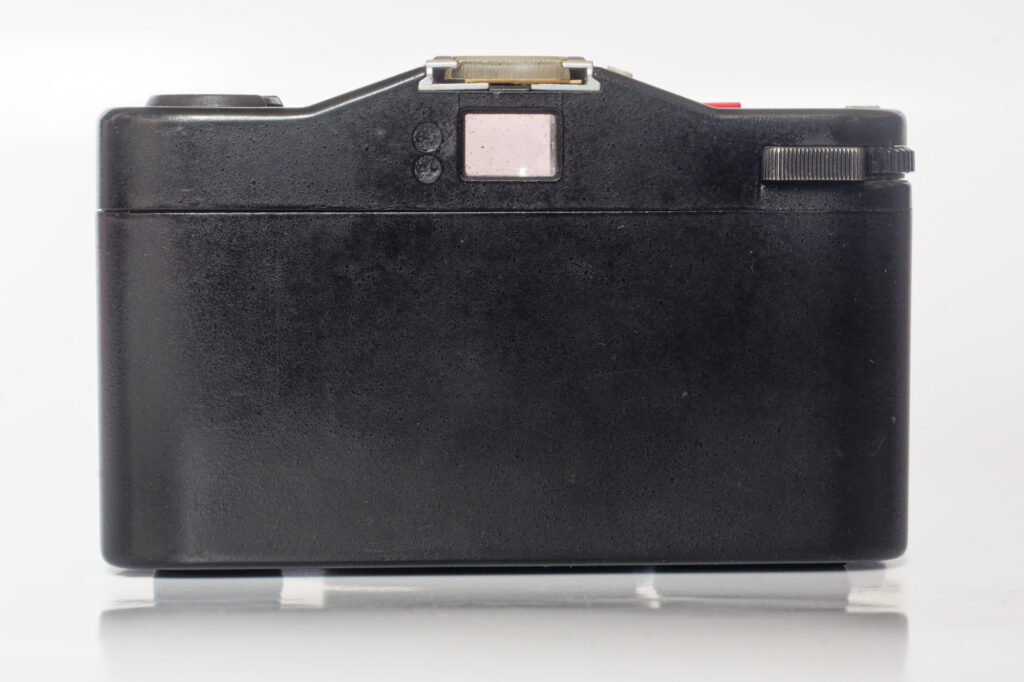
Not a lot is going on at the back. Film transport is via a thumb wheel with the assistance of a tab. Winding on and setting the shutter takes two strokes of the tab.
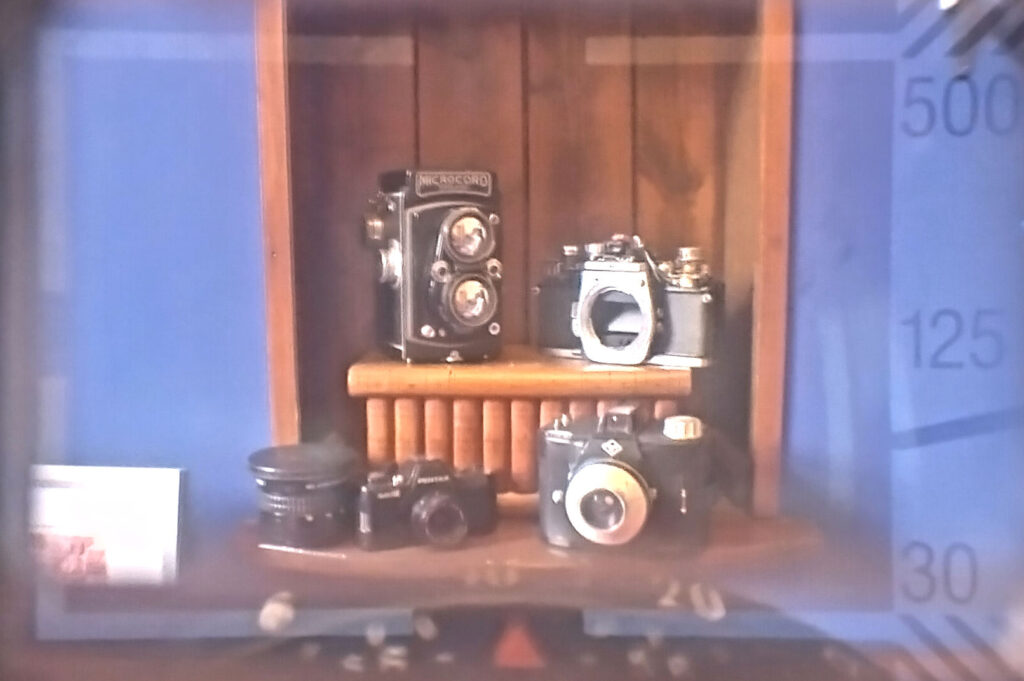
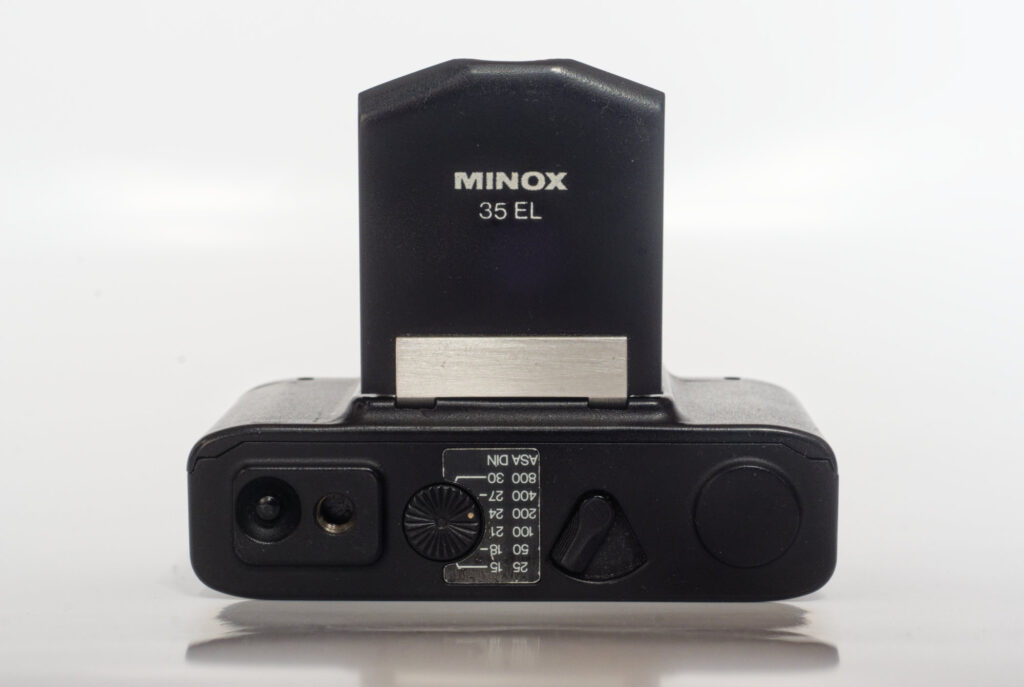
On the Minox 35 EL base, we find the rewind button, a tripod mount, a film speed setting dial (which goes up to 800 on this example, some early ones only did 400), the switch to unlock the back and a bulge to accommodate the centre spool of a 135 cassette.
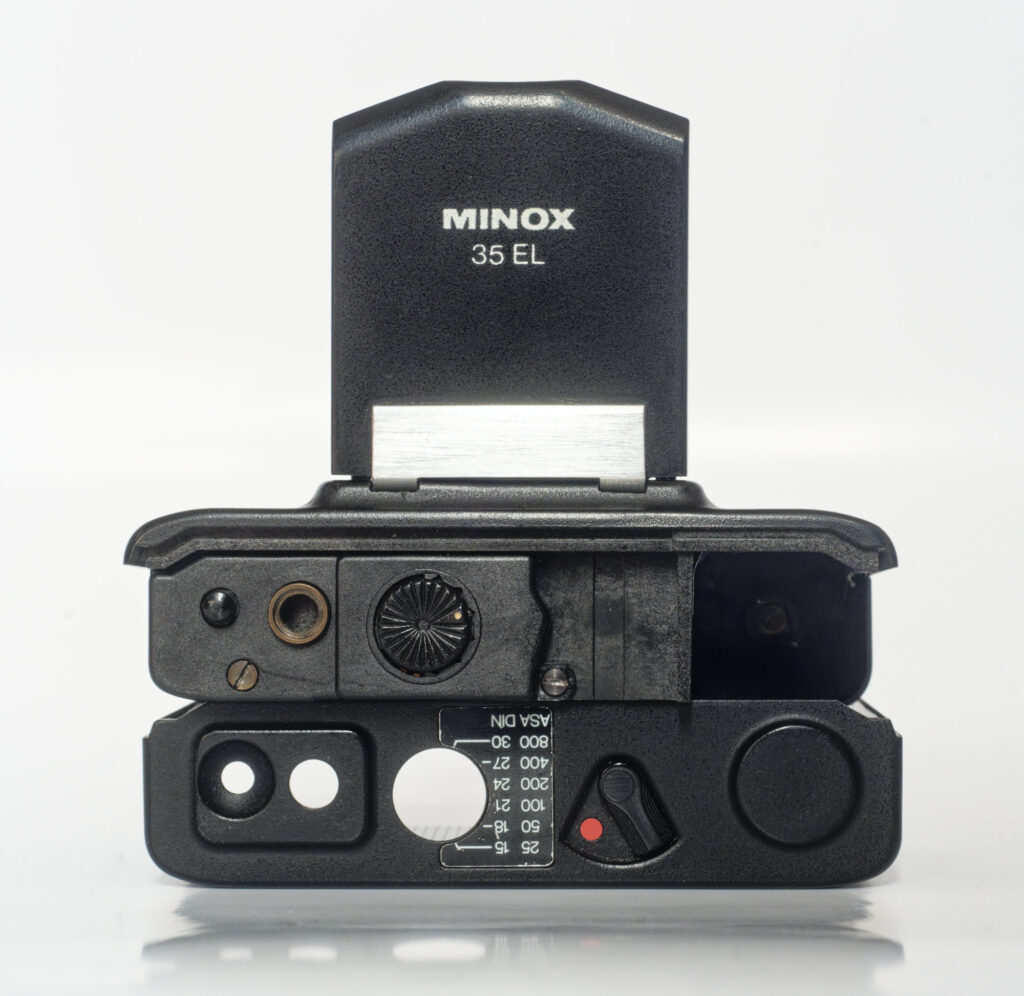
When the switch to unlock the back is slid over, a red dot is visible, and the whole back and bottom of the camera can be slid away. Note the cross-head screws.
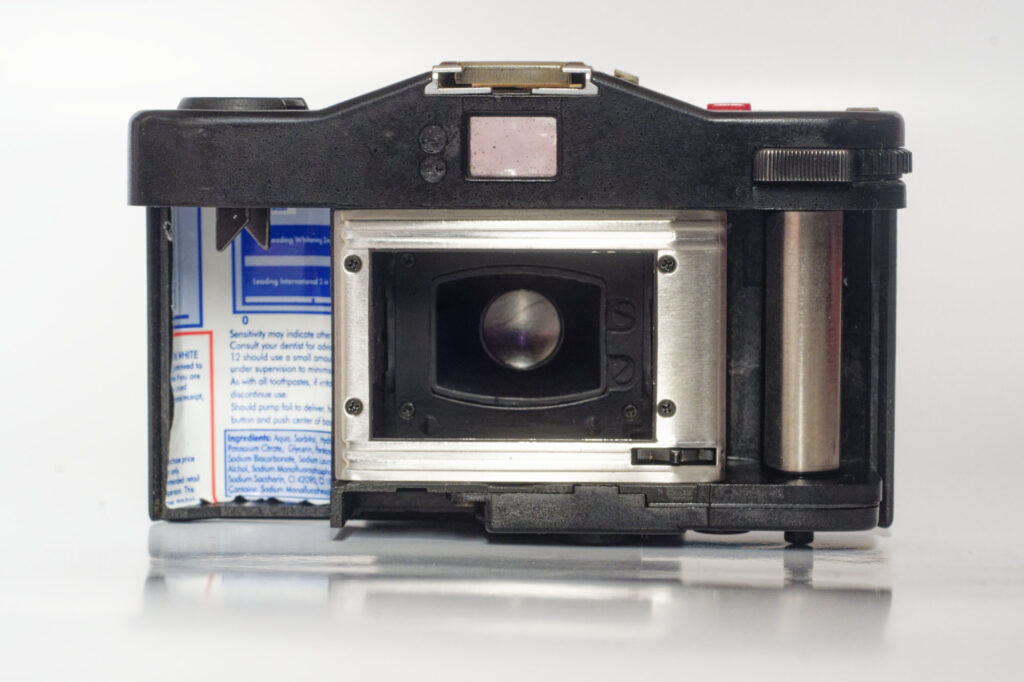
Inside the Minox 35 EL film chamber, we can see more slot-head screws (but also a few cross-heads). To reduce size, the drive for the sprocket has only 5 teeth, and it drives one edge of the film. The film is wedged under the metal sleeve on the take-up spool, which wraps the film emulsion-side in.
The non-standard elements of this camera
I have mentioned some non-standard modifications that have been made to this particular camera. My father, who was an instrument maker, had a want to improve things, as well as fix them. he probably bought the camera with a fault which he then fixed. I remember at the time that he was impressed at how they took the trouble to cover up the screw heads with black wax.
At some point, the camera had its battery check button replaced. Additionally, the original Makrolon door hinges have been replaced with Duralumin versions. I don’t know if that was because the original hinge started to fail (Dad did have the camera for a number of years) or whether he just decided he could do it better. I also don’t know (or can’t remember) why he painted the question mark on the inside of the door – perhaps to remind himself to focus the lens? Too late to know for certain.
Film loading
Because the whole back and bottom of the film chamber come away, getting film into the camera is relatively easy. The difficult bit is loading the film so that the film transports correctly. You need to be very careful that the film slots into the take-up spool correctly and that it is aligned over the sprocket teeth correctly. Once I have put the back in place, I tend to remove any slack from the rewind crank and look for signs of it moving as I wind. I also listen out for any sounds that might indicate that sprocket holes might be suffering.
Other Issues
It was the first of its kind. It was cutting-edge, minute and intricate. These things do not always go together smoothly.
- As well as the need to be careful loading film, there are issues with light-tightness. Not because of leaks along the seams of the back, around the holes for the rewind button or tripod mount, but through the material of the camera body itself: The 35 EL is constructed of glass-fibre reinforced Makrolon. The problem is that the glass reinforcement can pass light (like fibre-optics, but less organized), so you do need to make it properly and use it appropriately. By the time this camera was made (1978, 4th year of production from the serial number), problems should have been sorted, but concerns still led, in this case, to the addition of extra opaque material in an already too-cramped film chamber.
- The only way of adjusting exposure for back-lighting is to alter the film speed setting on the base.
- The wind-on tab is an instrument of torture. The five-pronged sprocket drive may be a contributor, but I allocate most blame to the tab which ‘assists’ use of the thumb wheel. I’ve almost convinced myself that it is more comfortable to operate the bit of the wheel visible at the edge of the camera with a fingertip than to use the tab on the back.
- The rewind crank, when unfolded, sits at an angle that makes it very awkward to use – almost (but not quite) as awkward as if it didn’t have a fold-out crank and just relied on a knob. On the other EL I had, the crank sat slightly flatter, but then it scored the angled top-plate.
- The EL works off an obscure battery (PX27) that is now banned; the kludge is to use other batteries. A pair of CR1/3N lithium cells (which some of the later cameras switched to in any case) seem to most available and closest to the original voltage, but people do go with a stack of SR44 silver cells – that the camera’s metering can cope with the over-voltage, suggests that there is some sort of bridge circuit inside.
- These are highly complex instruments. There are many tiny components. There is a lot of movement in the unfolding of the door and the deployment of the lens. The camera invites being slipped into a packet, where it is subject to knocks, dust and who-knows what else. There is a lot to go wrong, and often, it does.
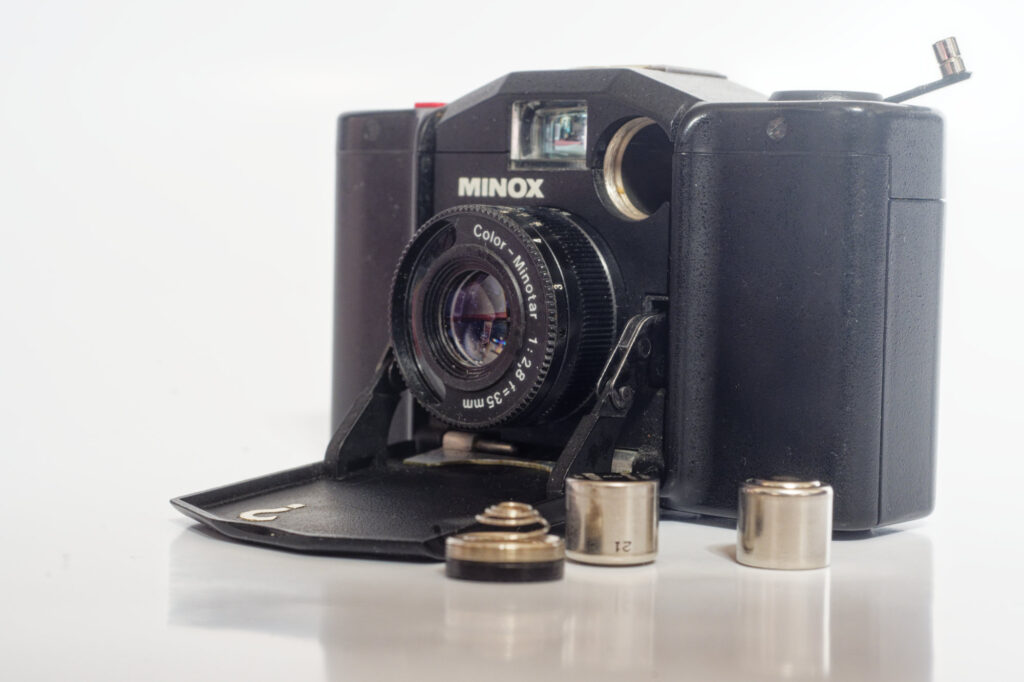
My original Minox 35 EL ended up not cocking the shutter unless the film was advanced with the door down and the lens in place. The MB that I picked up (and which dealt with 90% of my gripes with the Minox 35 EL), suddenly decided that it didn’t want to fire its shutter anymore. As it is, the first Minox 35 I came into contact with – dad’s original Minox – is the only one left working. That may be down to his care for the camera, which included keeping it in a little leather case. I normally discard cases. Keeping this 35 EL in the case is a bit of a faff, but then using a Minox 35 is always going to be a bit of a performance – Bring down the drawbridge, estimate the distance, set the distance, set the aperture… If it keeps it around a while longer, I might just keep this one in the case.
Enough issues.
Pictures!
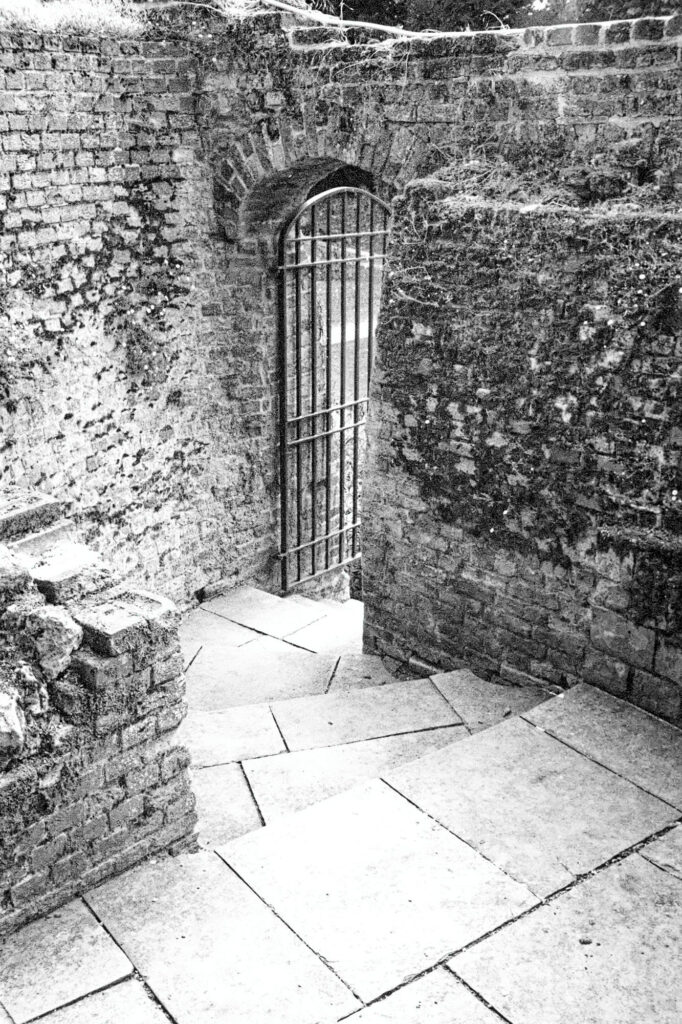
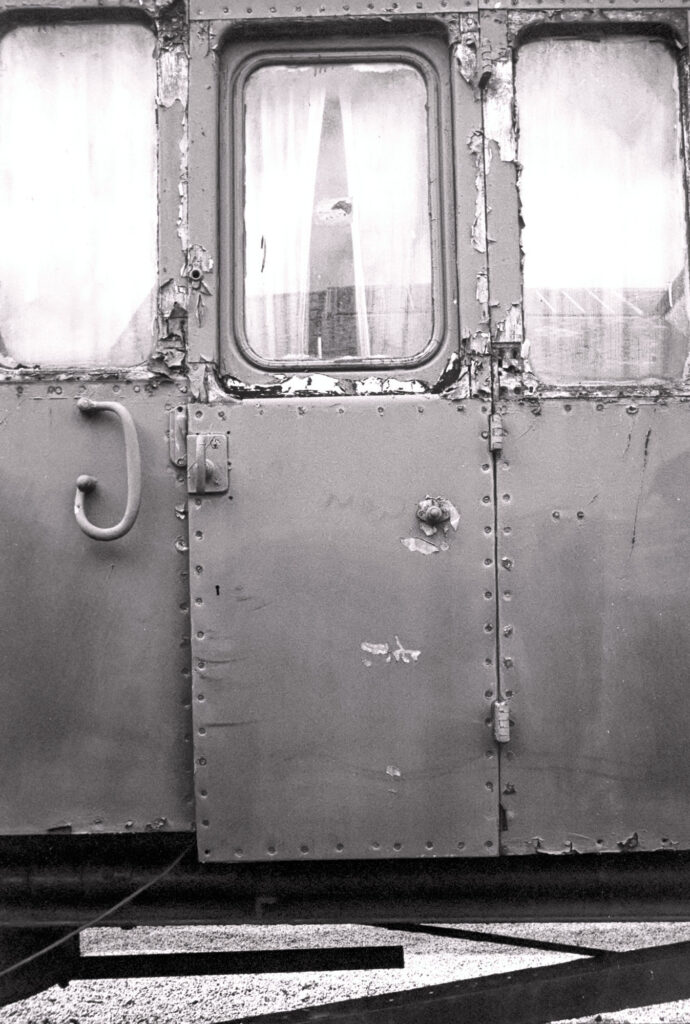
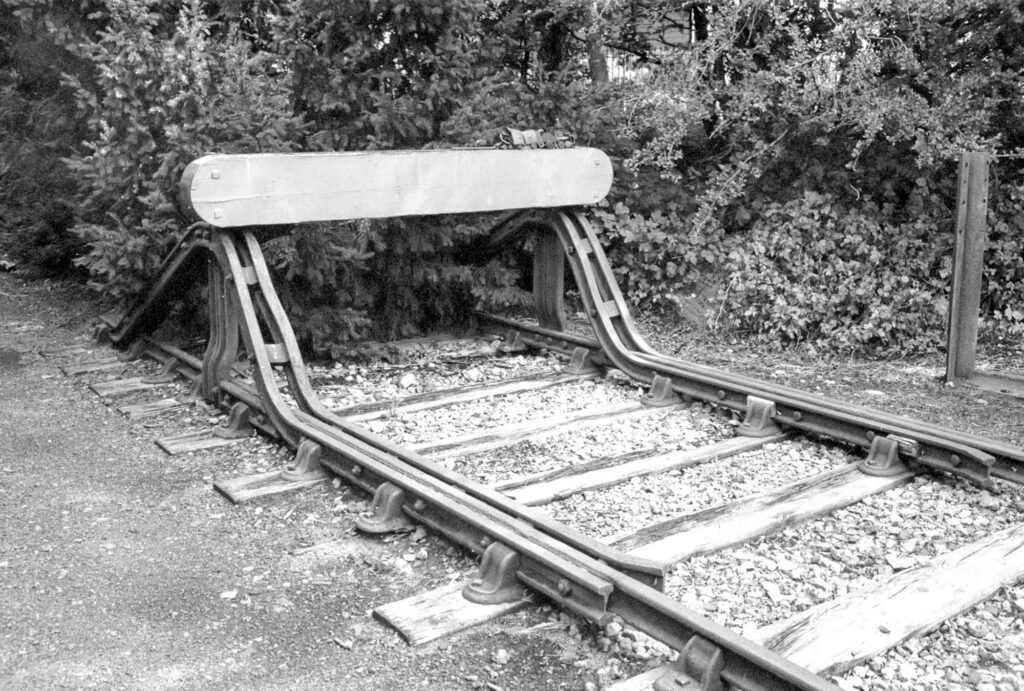
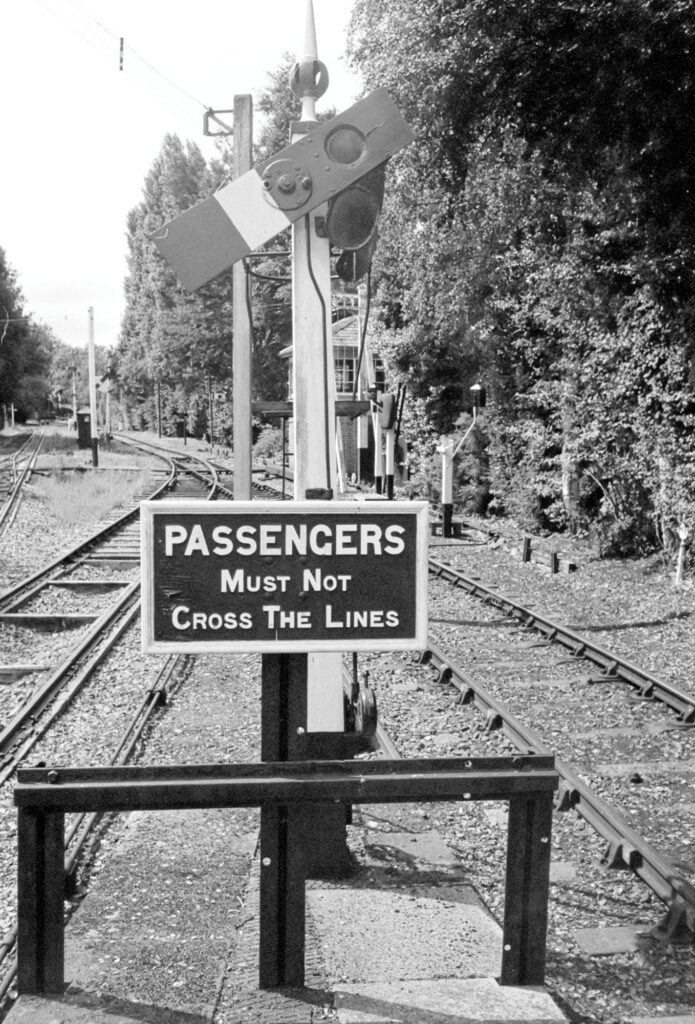
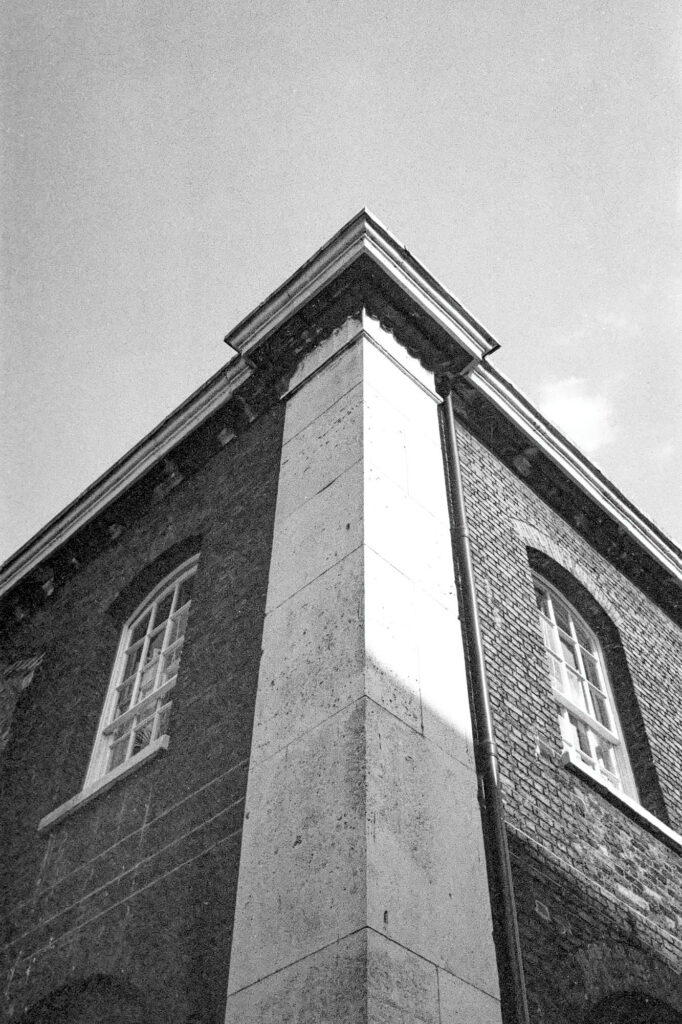
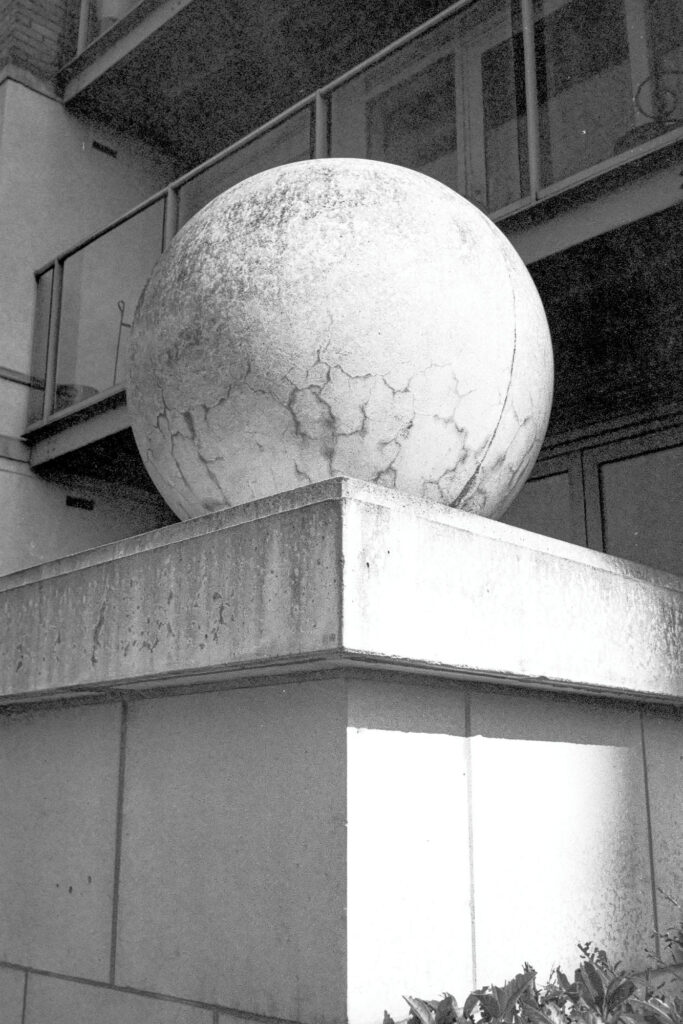
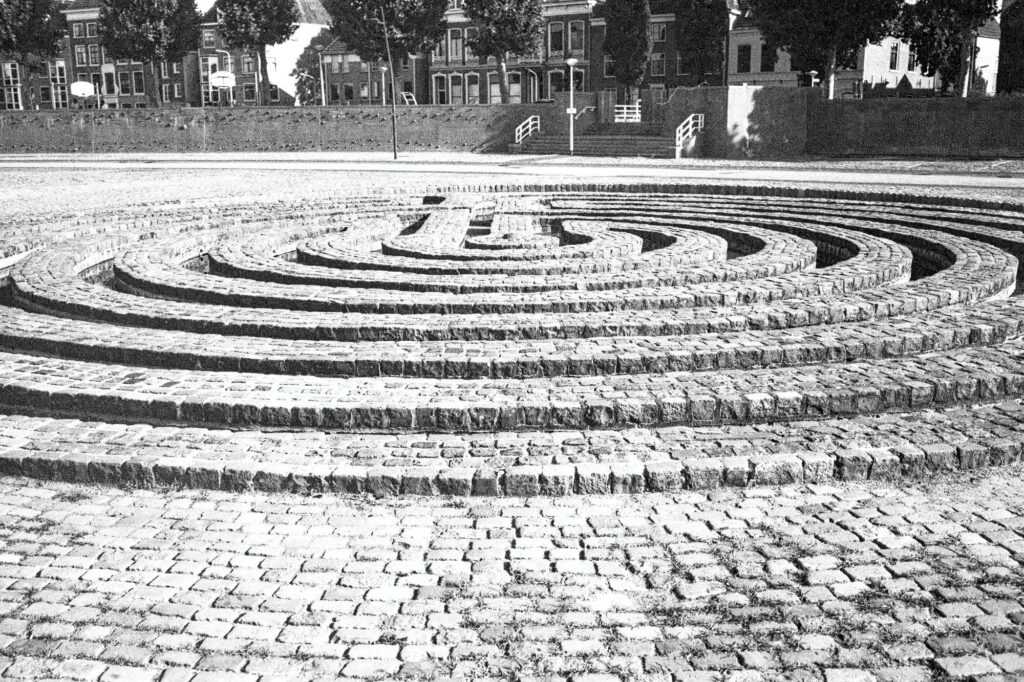
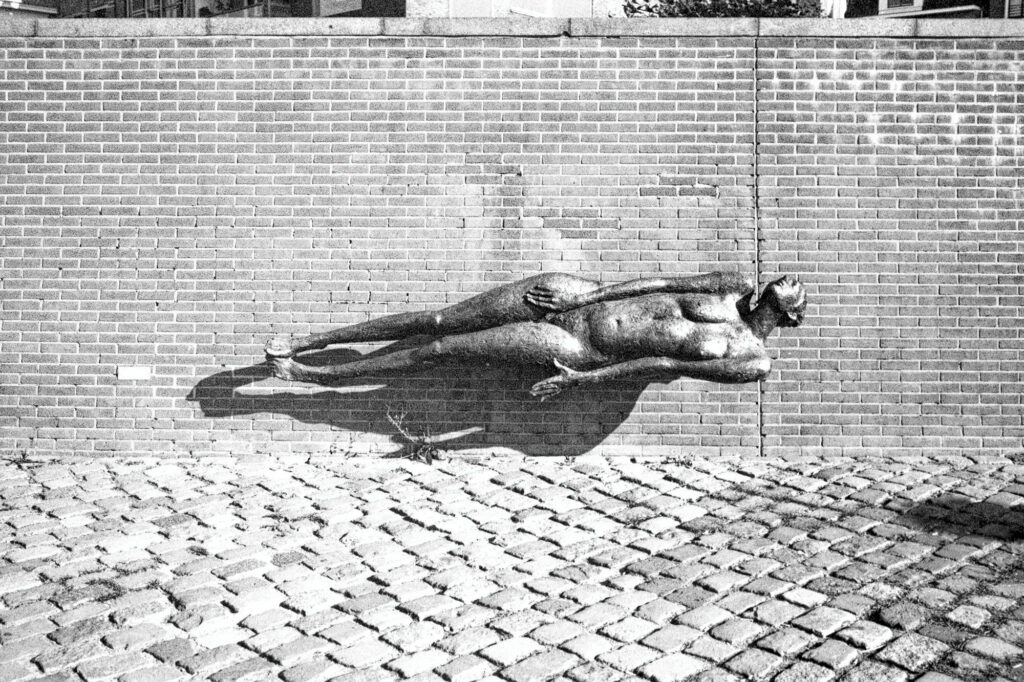
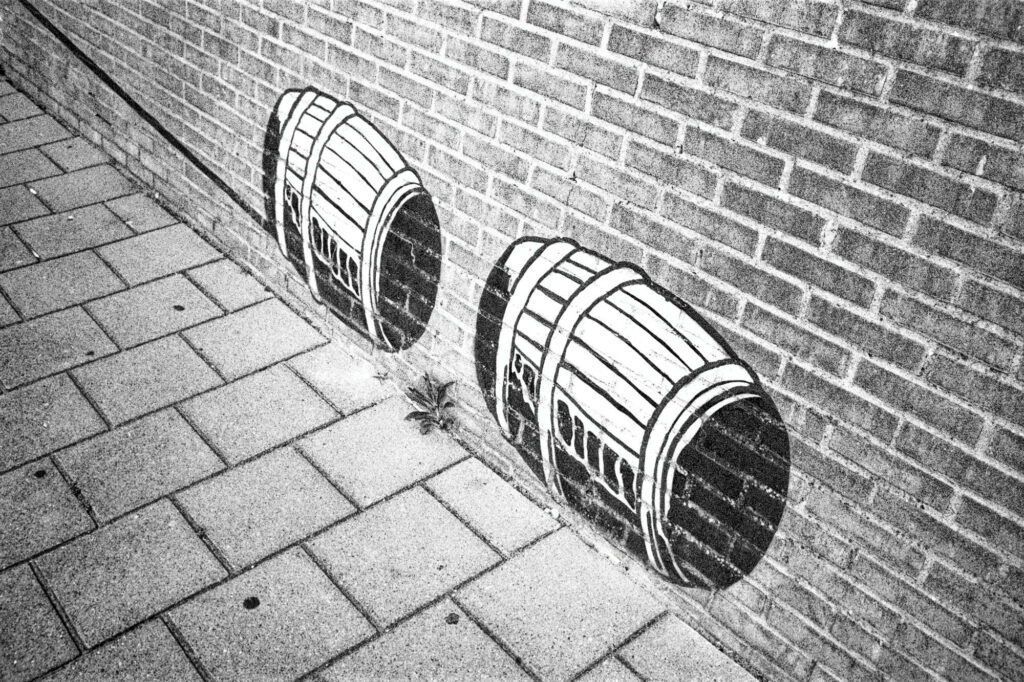
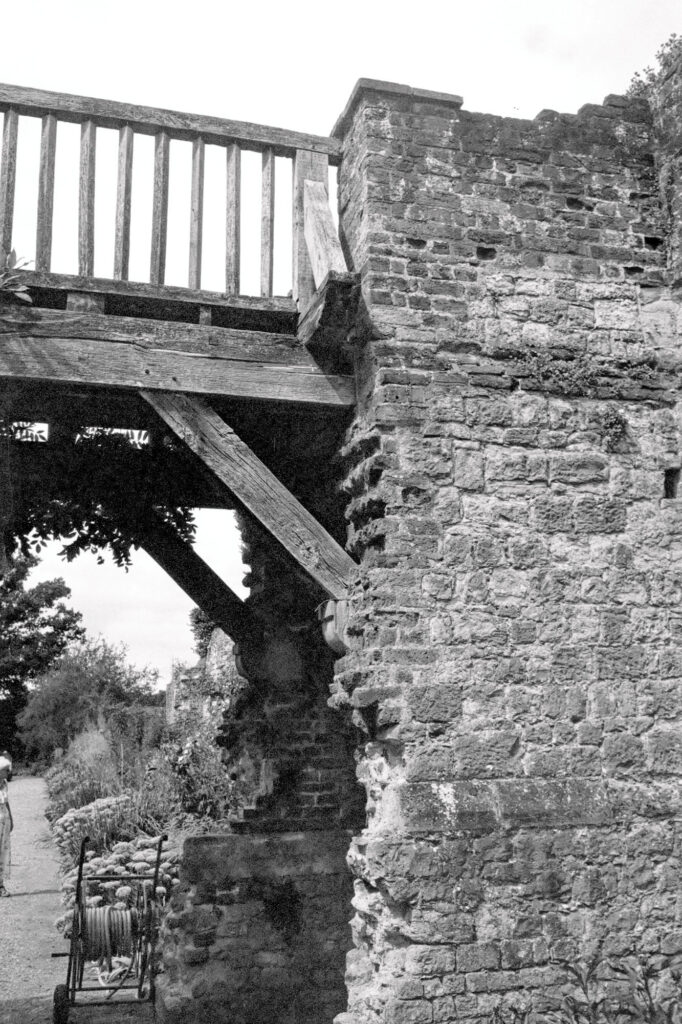
Conclusion
The Minox 35 EL lens is as good as I remembered. It is all about the lens.
Minox listened to customers and dealt with most of the gripes about the EL in subsequent models – the wind-on tab was vastly improved, as was the take-up spool. The rewind crank was able to clear the top-plate while keeping the handle upright, and the camera also featured a backlight button. Other improvements included the provision of a self-timer and a separate threaded port on the top plate for a cable release (people complained that it was too easy to fire the shutter by accident when attaching the cable release).
The 35mm f2.8 lens appears to have remained a constant, albeit under Minotar and Minoxar variants (not sure of the difference, both are Tessar-based and would seem equally desirable). The one exception was the 35 AL camera that featured a fixed focus f/4 lens and weather symbols. Minox even produced a model in Titanium, but otherwise seem to have stuck with the glass-reinforced plastic. Production of Minox 35 models seems to have continued up until 2004.
Someone should work out a way of converting those little Minotar lenses in broken Minox 35 cameras to work on digital. More people should be able to experience these little gems.
For a period of about 10 years from the mid 90s, Minox were owned by Leica. Independence from Leica seems to have coincided with the end of the Minox 35 line. Later, they started to partner up with other companies. At time of writing, Minox are part of Blaser Group, based in Isny (just north of Lichtenstein) – most of their products seem to be binoculars and spotting scopes.
Share this post:
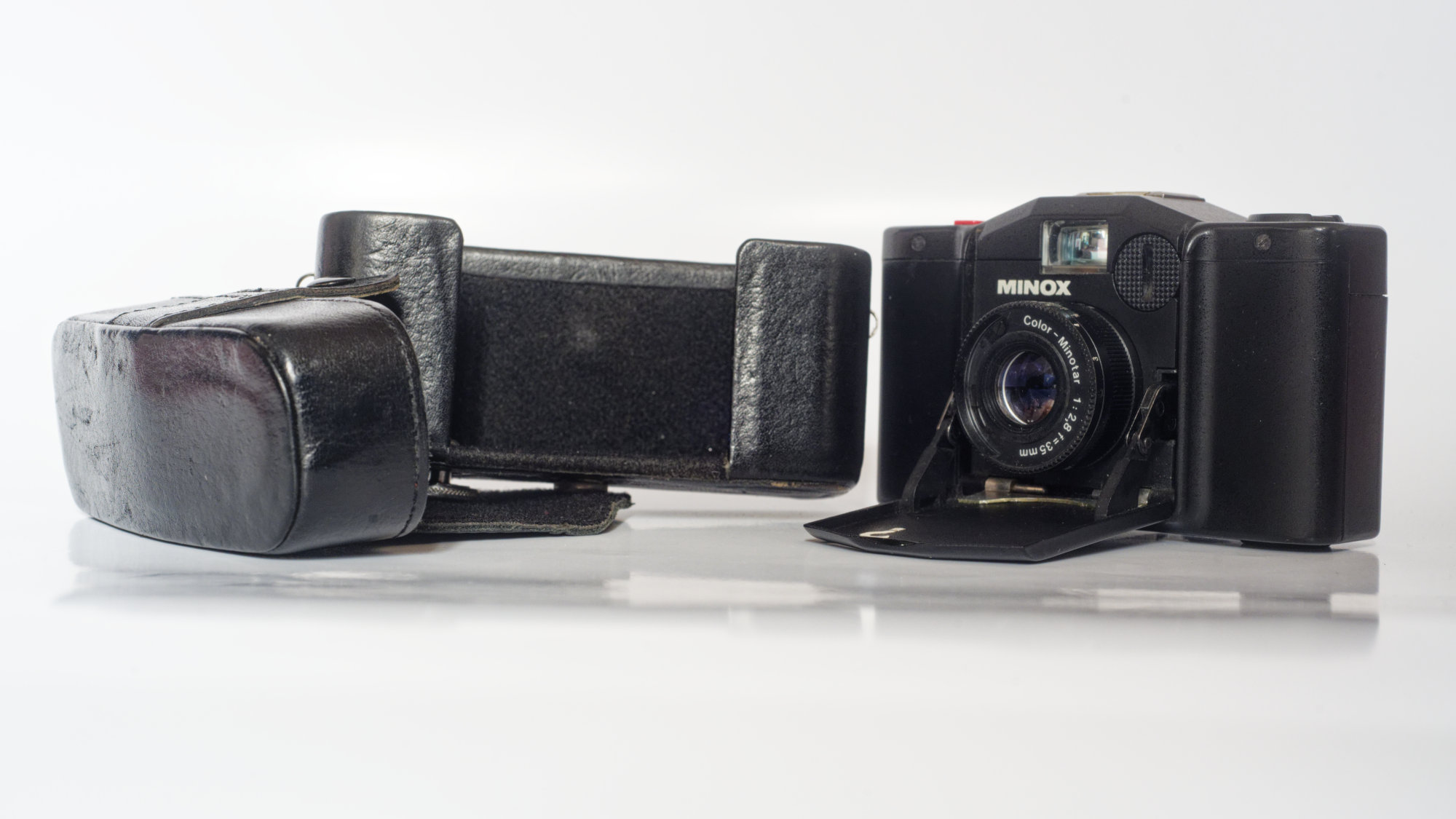
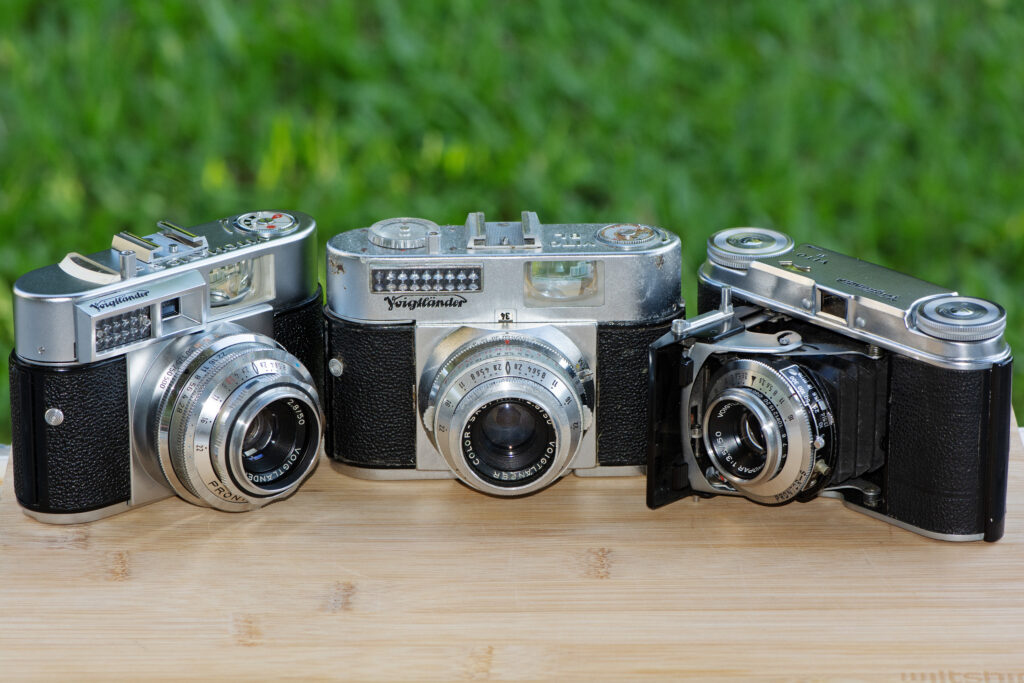
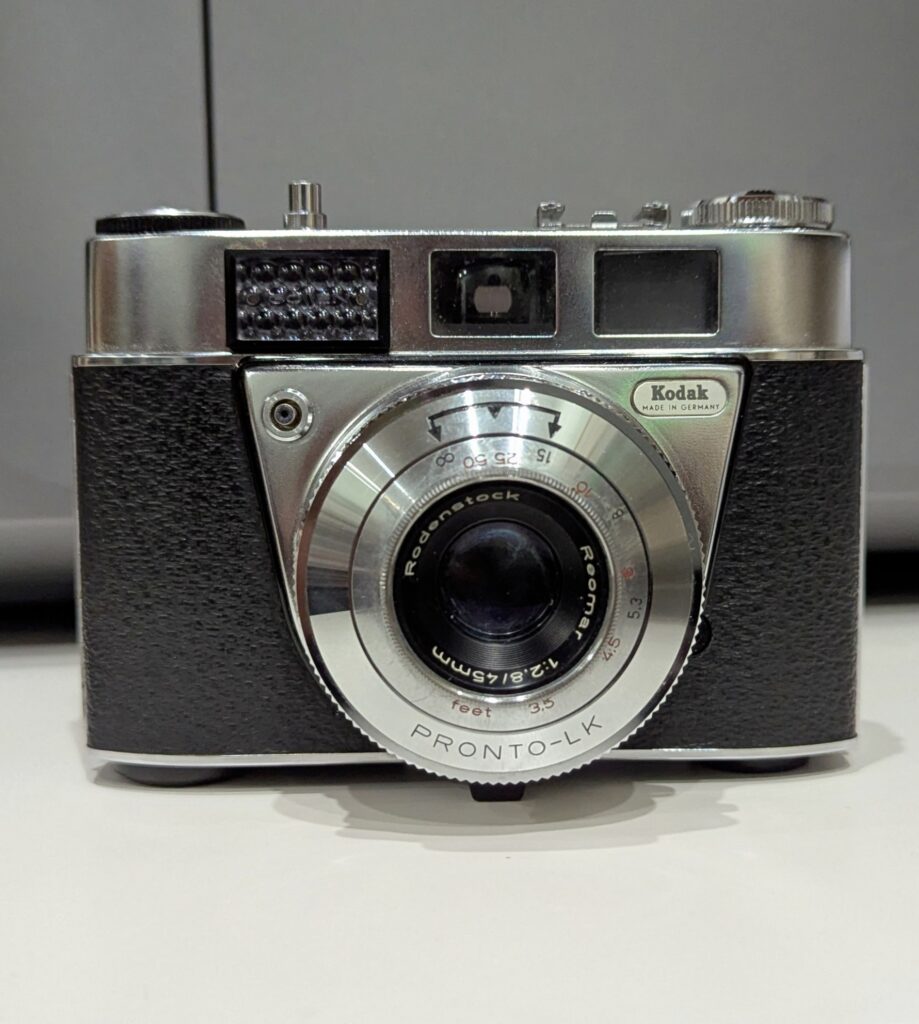
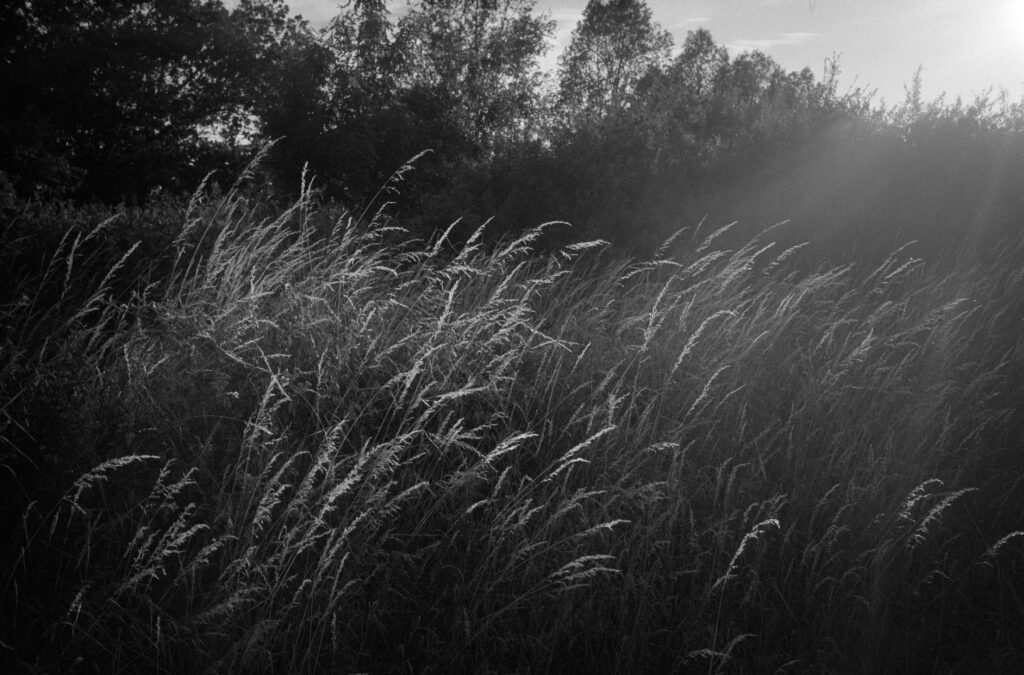
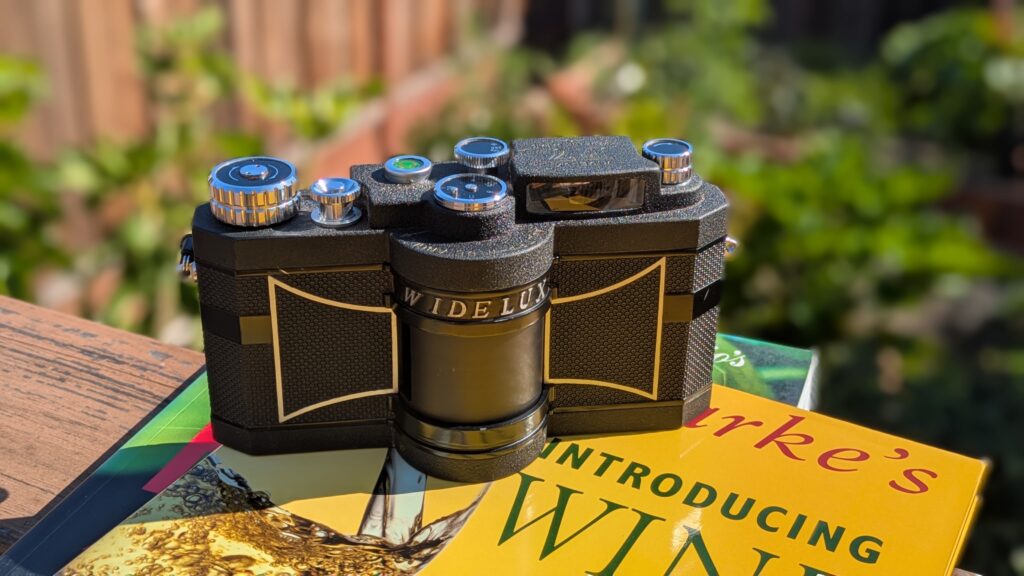
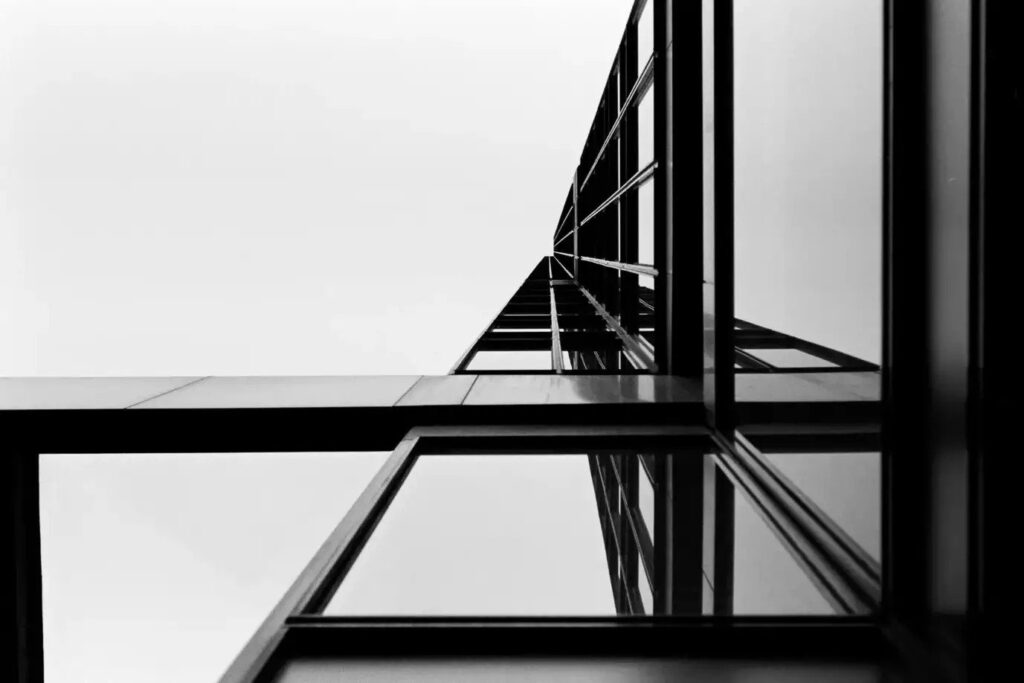
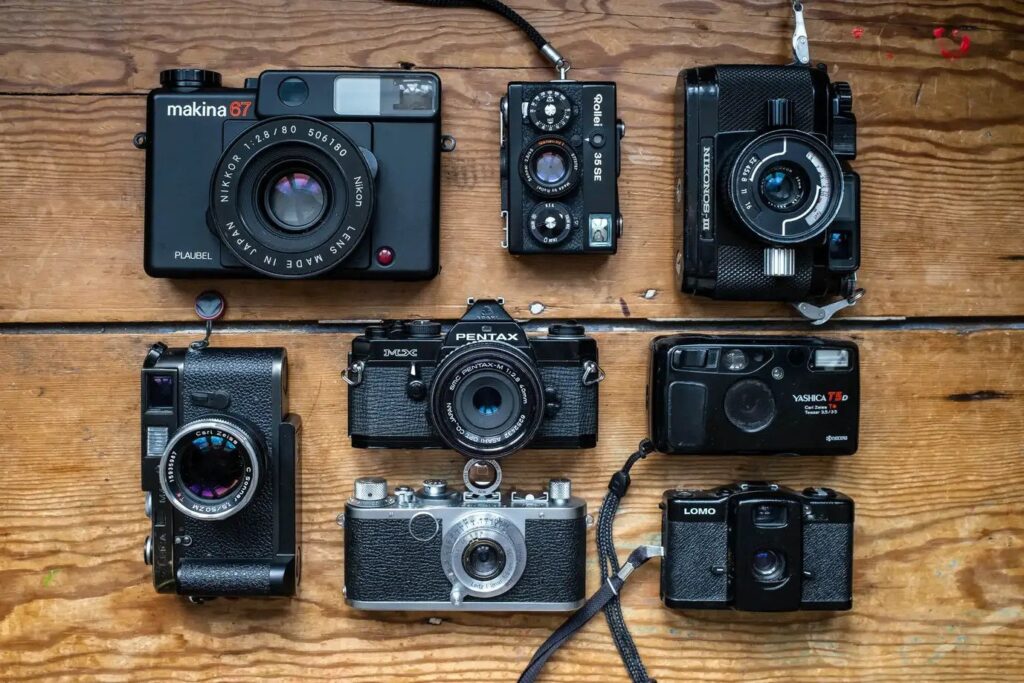
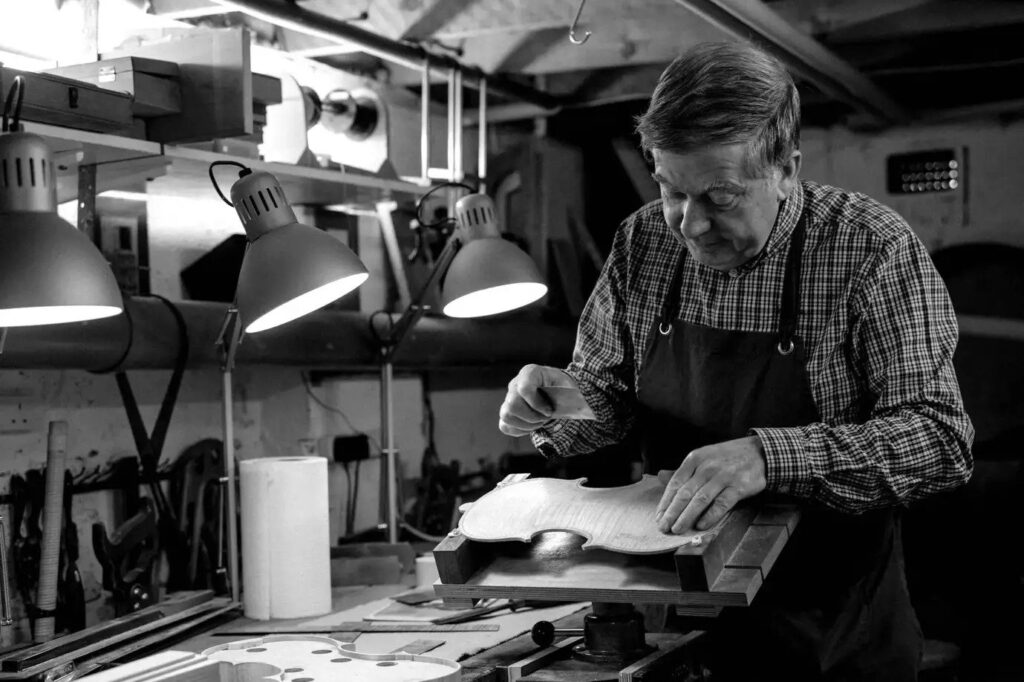
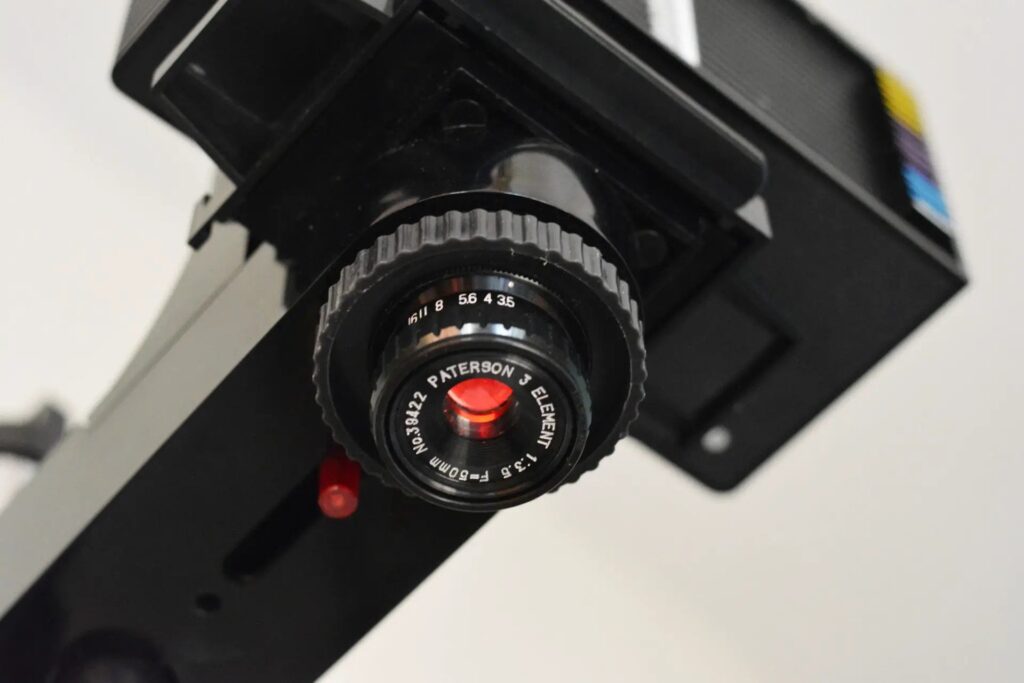
Comments
Dan Mountin on Minox 35 EL review – The Original Minox 35
Comment posted: 10/10/2025
Comment posted: 10/10/2025
Ibraar Hussain on Minox 35 EL review – The Original Minox 35
Comment posted: 10/10/2025
I have the Balda CA35 sibling which is very very similar (the Balda is fully automated with no ability to select aperture) and has the same lens, also I believe it has a bigger brighter finder
I too was blown away by the beautifully exploded razor sharp contrasty images (and as your photos show)
I described this as a real camera dressed up as a toy. Easy to get put off by the plastic - but very well put together and a joy to use
Thanks again
Comment posted: 10/10/2025
Gary Smith on Minox 35 EL review – The Original Minox 35
Comment posted: 10/10/2025
Bob, you could squeeze great shots out of a Diana!
Comment posted: 10/10/2025
Keith Drysdale on Minox 35 EL review – The Original Minox 35
Comment posted: 10/10/2025
Comment posted: 10/10/2025
Ed Gillam on Minox 35 EL review – The Original Minox 35
Comment posted: 11/10/2025
Best wishes. Ed
Comment posted: 11/10/2025
Julian Tanase on Minox 35 EL review – The Original Minox 35
Comment posted: 11/10/2025
Comment posted: 11/10/2025
Walter Reumkens on Minox 35 EL review – The Original Minox 35
Comment posted: 11/10/2025
A very interesting article and good photos. I own a working Minox GT, a later version with fewer problems in use. Some models were very error-prone, hence the many rapid model changes. Why did Leica get involved? Both companies were based in Wetzlar, a small town in Hesse near Frankfurt.
Best regards, Walter
Comment posted: 11/10/2025
Jeffery Luhn on Minox 35 EL review – The Original Minox 35
Comment posted: 11/10/2025
I enjoyed your article and was impressed by your photos. The two clever miniature 35mm cameras of the period were your Minox and the Olympus XA. A lot of pro photographers carried one of those in their pockets or purses. Cute, clever, and good performers. What else can you ask for?
Jeffery
Marco Andrés on Minox 35 EL review – The Original Minox 35
Comment posted: 13/10/2025